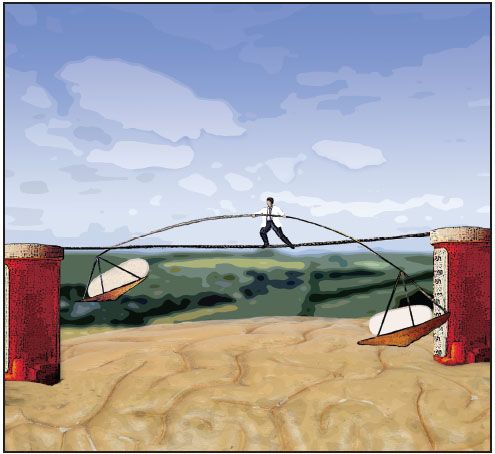Publication
Article
Psychiatric Times
Protecting Yourself and Your Patients
Author(s):
Good risk management is part of, but also distinct from, good clinical practice. The principles of risk management evolved in the 1960s as a way to defend businesses from loss of financial assets from tort claims
Protecting Yourself and Your Patients, by Harvey E. Dondershine, MD, JD
Dynamic Therapy With Suicidal and Self-Destructive Borderline Patients, by Eric M. Plakun, MD
SSRI Treatment of Children and Adolescents, by Andrew P. Levin, MD
This month’s Special Report features articles on risk management for psychiatrists. The topics include risk-management perspectives on suicide by Plakun, prescribing SSRIs to children by Levin, and issues in geriatric psychiatry by Melonas and Cash.
Good risk management is part of, but also distinct from, good clinical practice. The principles of risk management evolved in the 1960s as a way to defend businesses from loss of financial assets from tort claims. In the 1970s, health management organizations and managed care organizations opened risk management departments to cope with growing threats to their assets from malpractice claims not fully transferable to increasingly expensive and decreasingly available insurers. For corporate medicine, risk management meant more than office building maintenance and equipment upkeep. It also meant proactive management of clinical risks to reduce or avoid the high-cost legal consequences of malpractice. Physicians who work in corporate medicine know this as “quality assurance,” which seeks toimprove patient care while protecting against financial losses.

The basic principles of risk management apply equally to physicians with community practices as well as to physicians employed by corporate entities. The interests of both are the same: to provide quality care to patients while minimizing legal risk to financial assets (including the asset value of their medical licenses). In private practice, however, the principles do not come with manuals, protocols, and oversight committees. In today’s complex professional environment, psychiatrists need to be good risk managers as well as good clinicians. Psychiatrists must practice competent, ethical medicine within the parameters set by law.
Practicing “within the parameters set by law” means being familiar with some legal concepts. The following are a few examples of what psychiatrists need to know. We need to know the difference between a clinical standard of care that we seek to achieve and a legal standard of care, which is that level of care below which we commit malpractice. We need to identify legal risk points in our everyday practices. An identified risk needs to be assessed. An assessed risk needs a plan. A plan needs action. We need to understand the evidentiary value of our notes to a plaintiff’s attorney. Imagine your progress note enlarged to easel size in a courtroom. There is also a presumption that no note means no exercise of judgment. A mistake is not malpractice-but failure to exercise judgment is. When circumstances of employment or your patient’s insurance limits your treatment options, full disclosure of the issues “immunizes” you against many untoward consequences.
Good risk management, like good clinical practice, is a collaborative work in progress. Ongoing discussion is vital to refining both. This month’s Special Report, which you may find both interesting and useful, contributes to this discussion.




